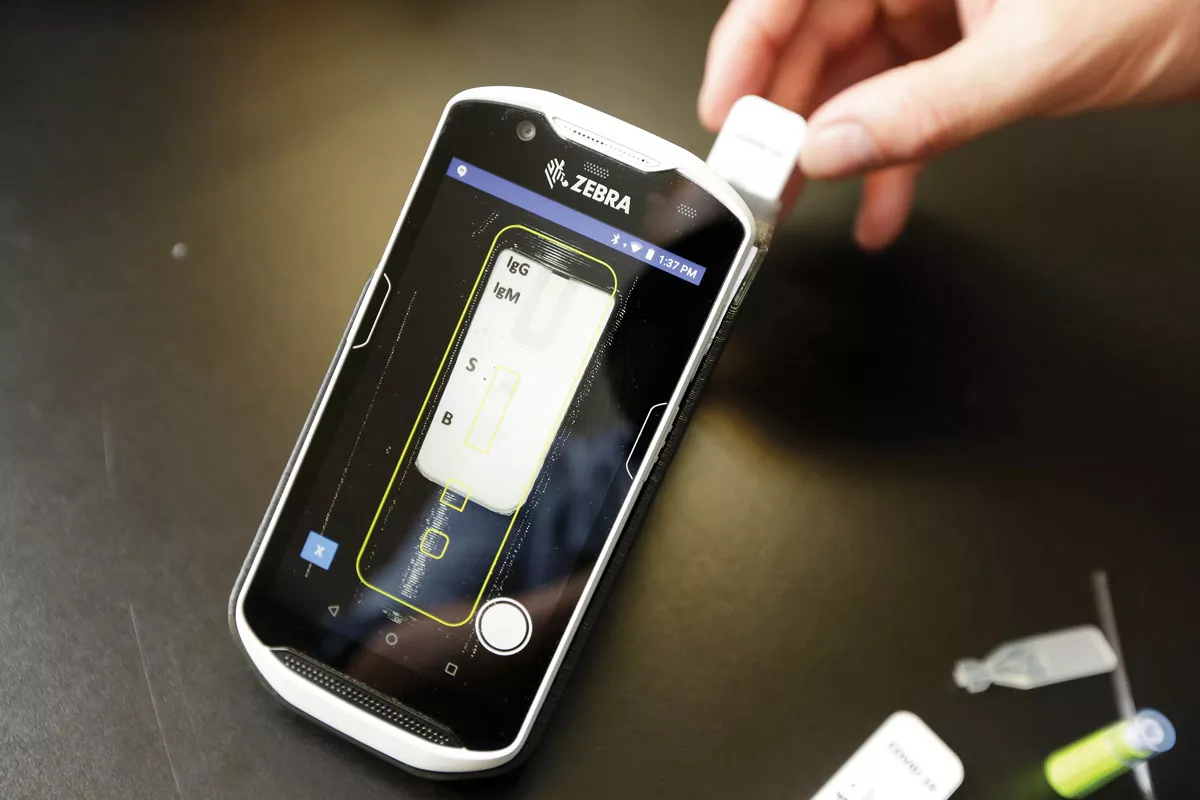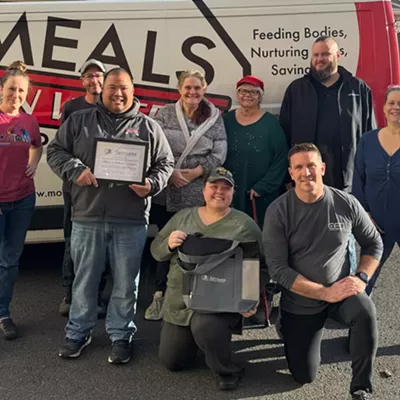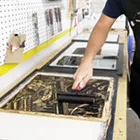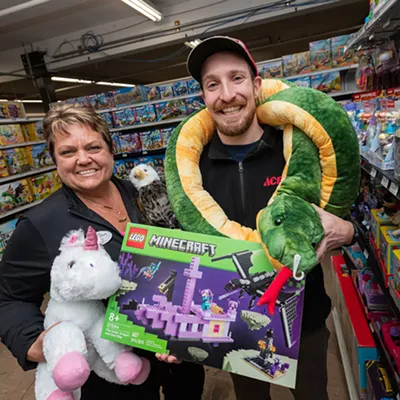
Along with masks and social distancing, quick and accurate testing is often cited as one of the most essential tools in mitigating the spread of COVID-19.
Testing isn't just a way to identify infected individuals who need to be isolated and treated. It also allows medical experts to get a fix on the bigger picture. The data provided by testing makes it possible for them to develop working theories on the rates and vectors of contagion. They can even get an idea of how the disease's symptoms might present differently in different people.
The larger that pool of testing data, the more they can refine those theories. That in turn helps public health officials and lawmakers make more informed decisions and provide better direction.
To aid that crucial flow of information, the Spokane-based company GenPrime has developed a device that's capable of reading and recording COVID-19 test results with speed and precision. It's based on an established process known as the immunochromatographic lateral flow assay — in short, it refers to a test strip that's sensitized to the presence of certain markers. A common example is home pregnancy tests.
The GenPrime Reader uses a sophisticated image-processing algorithm, allowing it to spot faint lines on the test strip — lines that the naked eye wouldn't always interpret consistently.
"If there's a line there, our reader is going to read it," says Buck Somes, GenPrime's CEO and co-founder. "That takes a lot of subjectivity out of it. At some of those threshold levels, with a set of 10 tests, five [people] would say it's negative and five would say it's positive."
Because it's both digital and automated, the reader is able to enter the results directly into an electronic database. From there, the data "can be sent to appropriate authorities — the doctor, the clinic, the regional health department, the CDC et cetera — for epidemiological tracking," he explains. That avoids potential errors in transcription.
The GenPrime Reader's COVID-19 testing capability is actually an expansion of existing technology, which is how the company was able to respond fairly quickly to the sudden demands of the current pandemic. The device had first been developed around 2012 with employee drug screening in mind.
More recently, GenPrime began working on a handheld mobile version of its reader that would be easier to use in the field.
"Once the headlines started coming out about it being a potential pandemic, we started looking into whether or not there were any rapid diagnostic type tests for testing for COVID that we could enable on our reader systems," says Somes.
"The one test that we've enabled on it so far is the best test that's listed on the FDA's EUA (Emergency Use Authorization) for clearance to be sold. The beauty of our system is that we're able to essentially enable our software to read any type of test like this."
Benchtop and mobile versions of the GenPrime Reader are now undergoing trials in Minnesota and Wisconsin. That puts them in good stead to gain FDA clearance in the very near future.

Coincidentally, this isn't the first time that GenPrime has pivoted to meet the needs of a national crisis. Back in 2002, the then five-year-old SIRTI-backed company shifted from its work in the dairy and brewing industries to addressing the anthrax scares that followed in the wake of 9/11. Its PrimeAlert detection kit is still used by the United States Postal Service for testing unknown substances in suspicious packages.
Somes envisions similar widespread frontline use for the GenPrime Reader — especially the mobile variant. In addition to drive-through, pharmacy and employer-based onsite testing, it could even be scaled up to ambitious home-based screenings where "teams of nurses or technicians essentially go door to door and test households."
"COVID is going to be with us for a while, and it's probably going to surge again," he says. "But there's the potential for many other epidemics and pandemics coming down the line. Our reader isn't COVID-specific. It's a platform. Eventually, these types of tests and this type of reading with your phone at your home is a possibility for us."



















